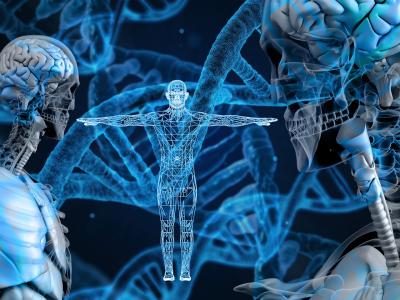Correction of OES Signal Based on Viewport Contamination Levels in HARC Etch Process

- Citation Author(s):
-
SangJeen Hong (Myongji univ.)HyunKeun Park (Myongji univ.)
- Submitted by:
- HyunKeun Park
- Last updated:
- DOI:
- 10.21227/8kn5-1y39
- Data Format:
 116 views
116 views
- Categories:
- Keywords:
Abstract
Recent semiconductor devices have embraced structural modifications, including vertical stacking, to overcome the limitations of miniaturization. Particularly, memory devices have seen improvements through the transition to 3D stack structures. To address the challenges of etching high aspect ratio contact holes, the Bosch process, which alternates between deposition of a passivation layer on the pattern wall to prevent sidewall etching and etching steps, has been utilized. This method commonly employs SF6 and CxFy gases with an addition of O2 to form patterns with very high aspect ratios. However, as throughput increases, the passivation layer affects not only the pattern walls but also chamber parts (e.g., chamber wall, view port, etc.). Notably, contaminated view ports can lead to a decrease in intensity during Optical Emission Spectroscopy (OES) diagnostics as throughput increases, a problem attributed to CF polymer contamination of the viewport. This contamination complicates plasma diagnostics by making it difficult to measure plasma parameters consistently. To address this issue, our study used a 6-inch ICP etcher with view ports at various deposition levels to observe the attenuation of signals as throughput increased. Moreover, by utilizing view ports with an additional amorphous carbon layer (ACL), we were able to compensate for signal reduction due to viewport contamination. This allowed us to distinguish between drifts caused by plasma parameter drift and viewport contamination. The corrected signals were then used for Virtual Monitoring (VM), enabling more sophisticated process control. Our findings provide essential data for developing a model that facilitates refined process control.
This research was supported by the MOTIE(Ministry of Trade, Industry & Energy (1415188246) and KSRC(Korea Semiconductor Research Consortium) (20022492) support program for the development of the future semiconductor device.
Instructions:
Firstly, the data underwent reproducibility testing under identical conditions from #1 to #4.
Secondly, the numbers 0 to 6 following #0 represent different levels of viewport contamination.
Thirdly, repetitions of samples were measured five times each, labeled as no. 0 to 5.








